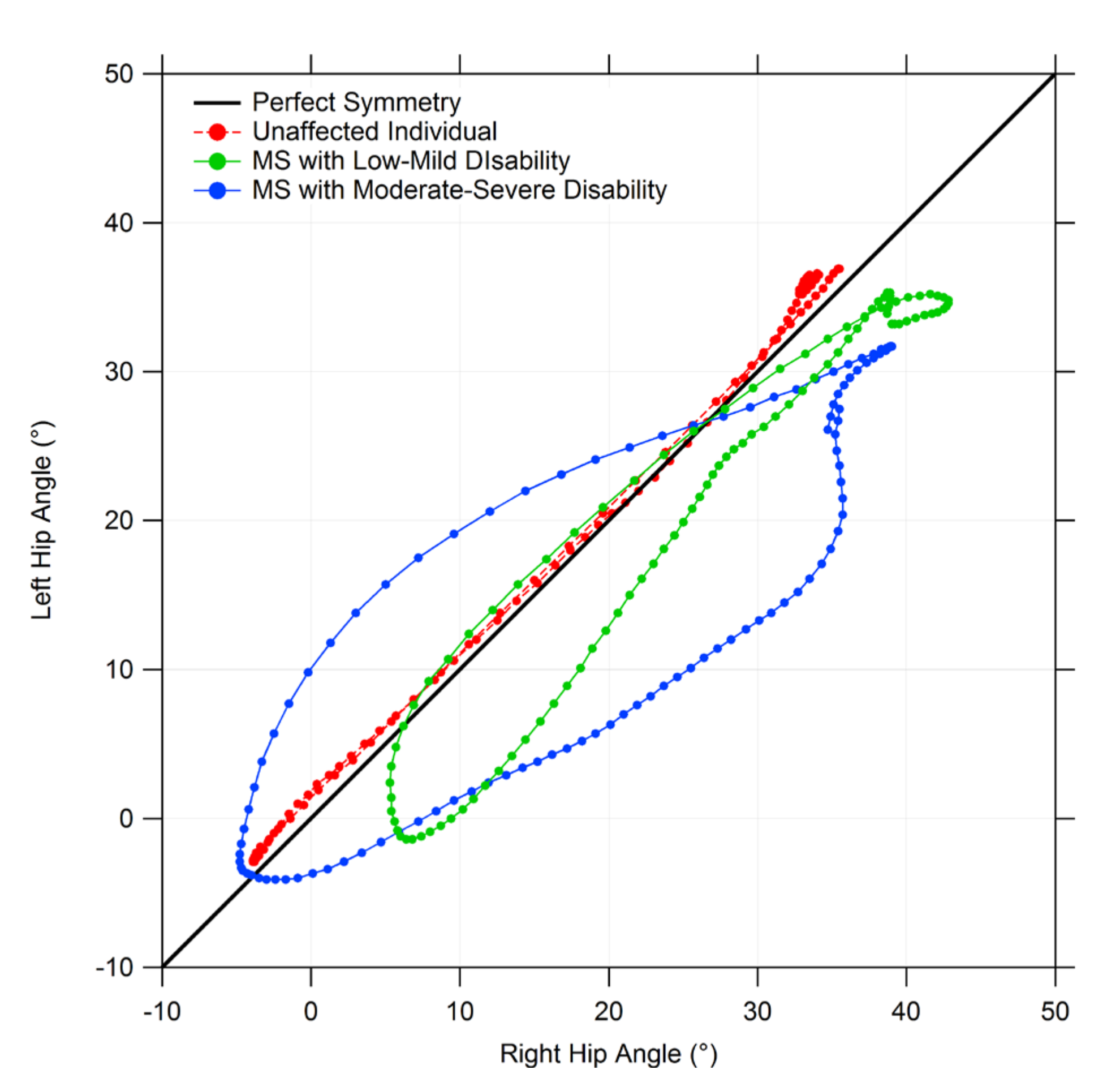

Its advantage is the simplicity of the collection and interpretation of data and the possibility of detecting changes by means of a follow-up within fixed time intervals. The study of people and their relationship with the environment around them. Anthropometric assessment is based on the study of a small number of somatic measurements. Further studies with large sample sizes representing whole country are recommended to establish the standard MF and AMF anthropometrics of Zambian population. Anthropometric Assessment and Body Composition Analysis.

The clinical creditability of the study is cautioning the surgeons on possible variations of the MF and AMF anthropometrics compared to existing literature in order to avoid any unforeseen injury related to anaesthesia or dental surgeries. The findings emphasize the ethnic variations and edify that the foramen position is not always as stated in reference textbooks. All these measurements will give us an indication whether we are fit and healthy or if we are underweight or overweight. The comparative analysis of mandibular anthropometrics showed significant variations (p<0.05) with different ethnic groups. There are 10 main parts of the body that will be measured during the study of Anthropometrics and they are the two forearms, the head, the two upper arms, the trunk, two thighs and two shanks.

The foramens were mostly oval in shape and their most common position was between the second premolar and first molar and the most common orientation was posterior-superior. All mandibles that were examined had bilateral MF while unilateral AMF was found in two mandibles (6%). Data were considered significant at p<0.05. All measurements were performed using a Digital Vernier Calliper and statistically analysed for per cent frequency and mean and standard deviations, and we performed the one sample t-test for comparative analysis. A total of 33 Zambian adult human mandibles were evaluated for shape, position, and direction of opening of foramen. The study aimed at evaluating anthropometrics of MF and AMF in Zambian adult human mandibles and it was cleared for ethics from TDRC Ethics Review Committee (Reg. With the establishment of facial norms for Greek adults, this study contributes to the preoperative planning as well as postoperative evaluation of Greek patients that are, respectively, scheduled for or are to be subjected to facial reconstructive and aesthetic surgery.The mental foramen (MF) and accessory mental foramen (AMF) are the strategically important landmarks during surgical interventions and anaesthetic nerve blocks procedures involving the mental nerve. Greek males had significantly wider faces and mandibles than the North American Caucasian males, whereas Greek females had only significantly wider mandibles than their North American counterparts.ĭifferences of statistical significance were noted in the head and face regions among sexes as well as among Greek and North American Caucasians. In both sexes, the most common face types were mesoprosop, leptoprosop, and hyperleptoprosop. Greek males, when compared to Greek females, were found to have statistically significantly longer foreheads as well as greater values in morphologic face height, mandible width, maxillary surface arc distance, and mandibular surface arc distance. For normal distributions the mean and median are. An easy way of seeing whether the distribution is skewed is to compare the values of the mean and median. The resulting data were compared with those published regarding North American Caucasians.Ī complete set of average anthropometric data was obtained for each sex. Anthropometric characters tend to be continuous and many tests are constructed on the assumption that the data approximate to a normal distribution. Moreover, the prevalence of the various face types was determined. Thirty-one direct facial anthropometric measurements were obtained from 152 Greek students. In this study, multiple measurements of the face were performed on young Greek males and females to provide a complete facial anthropometric profile of this population and to compare its facial morphology with that of North American Caucasians. Facial anthropometric analysis is essential for planning cosmetic and reconstructive facial surgery, but has not been available in detail for modern Greeks.


 0 kommentar(er)
0 kommentar(er)
